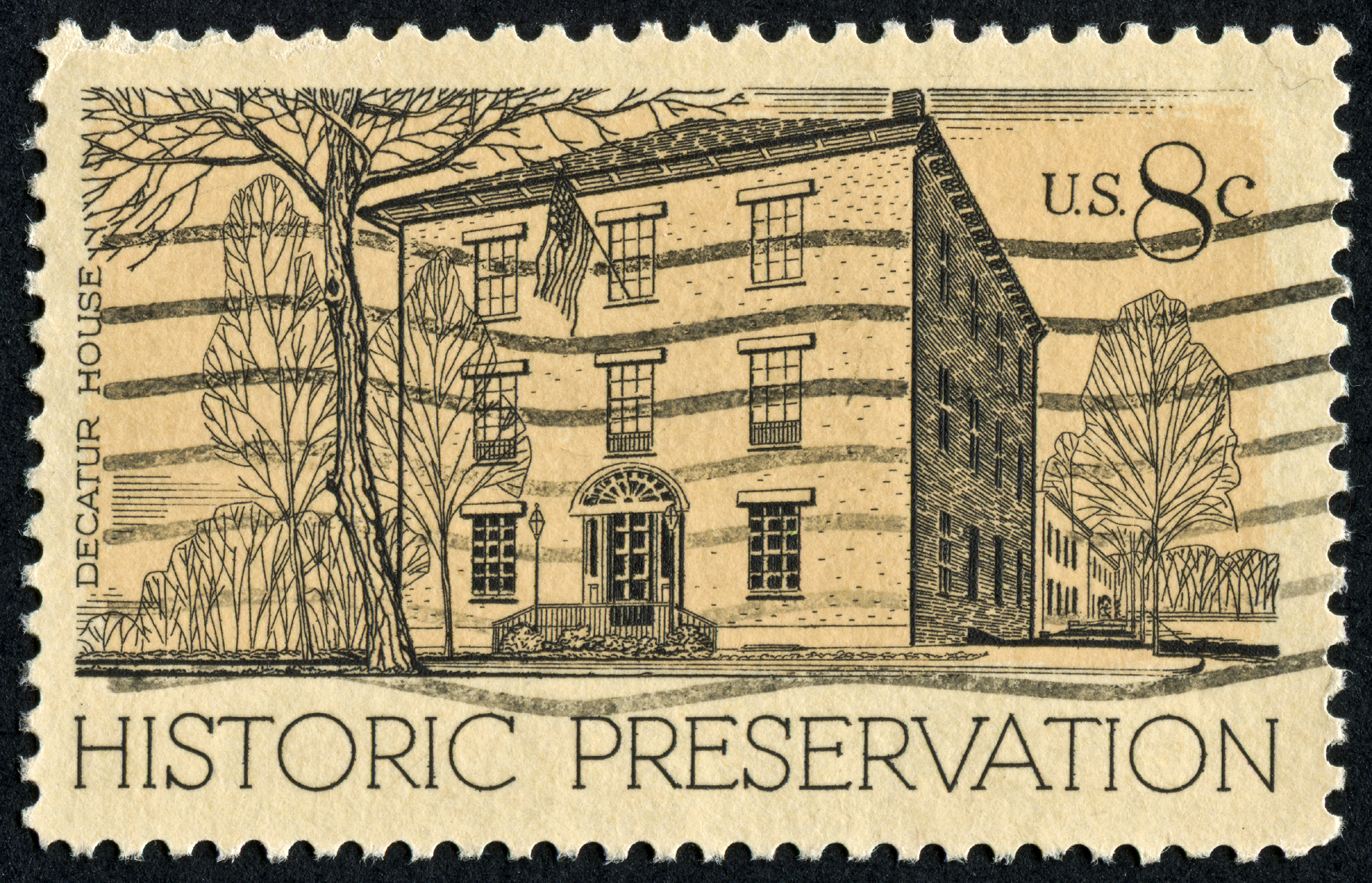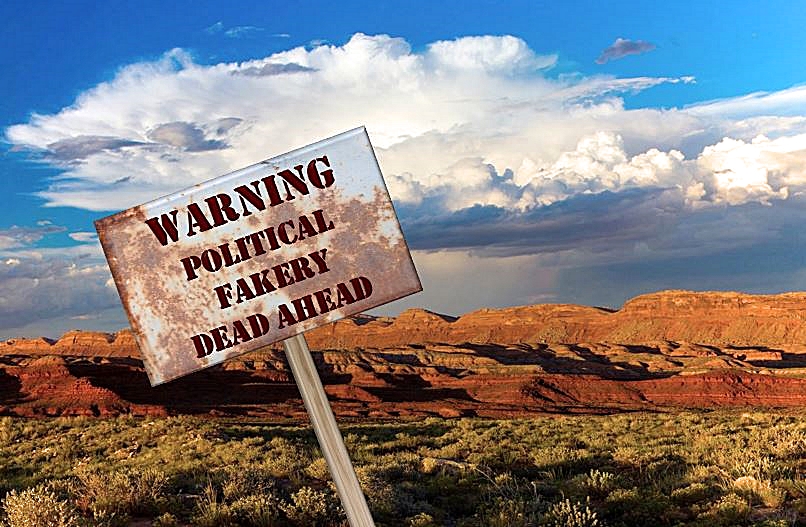The same incentives that make historic preservation laws counterproductive also make much environmental regulation just as ineffective.
Jonathan Wood
Property and Environment Research Center (PERC)
HISTORIC PRESERVATION LAWS LEAD TO DETERIORATION, SO DOES INVOLUNTARY CONSERVATION
In Naperville, a suburb of Chicago, local activists succeeded in stopping the development of a mixed-use (residential & commercial) development last month. Their means: putting political pressure on local politicians to designate the aging structure currently on the property an historic landmark. Henceforth, the property owner cannot make any change to the building without permission from the local government and, as a practical matter, support from the activists. Naperville’s designation, of a 119-year-old former library, will not only restrict housing development but will also speed up the deterioration of the structure.
The library, which had most recently been a church, has been vacant for fifteen years. During that long vacancy, the property has deteriorated. According to the Chicago Tribune, the repairs required to restore the building would cost three times what it is worth. The property owner, who originally planned to keep the historic façade as part of the new development, has little reason to throw a million dollars away on a building worth a fraction of that. So the most likely result is that the building will continue to deteriorate until it has to be torn down completely.
What does this have to do with the environment? The same incentives that make historic preservation laws counterproductive also make much environmental regulation just as ineffective.
Under historic preservation laws, allowing a structure to age creates a significant liability for property owners, a condition which is easily avoided. The laws ironically encourage the destruction of buildings just before they would potentially be subject to designation. So too with many environmental regulations. Burdensome Endangered Species Act regulations encourage the preemptive destruction of habitat before it can be designated for the species’ protection.
Historic preservation laws can also speed up the destruction of designated buildings, by making maintenance more difficult and expensive without any compensating benefits to fund repairs. The same is true of many environmental regulations. Simply banning the use of land won’t necessarily preserve it in a condition that anyone would value. Conservation lands have to be maintained as well. Invasive species have to be kept at bay. Habitat must be restored and wildlife reintroduced or recovered. Slapping burdensome environmental regulations on private property doesn’t generate the resources needed for this restorative work. Instead, it breeds ill will that makes the work less likely.
Both are also subject to political manipulation. Historic designations often benefit the wealthy and politically connected at the expense of those without political influence. Burdensome environmental regulations are also more of a hindrance for poorer or less sophisticated property owners than wealthy corporations with armies of lawyers to help them navigate the red tape. Both also empower NIMBYs to stop projects they dislike for reasons having nothing to do with historic preservation or conservation.



